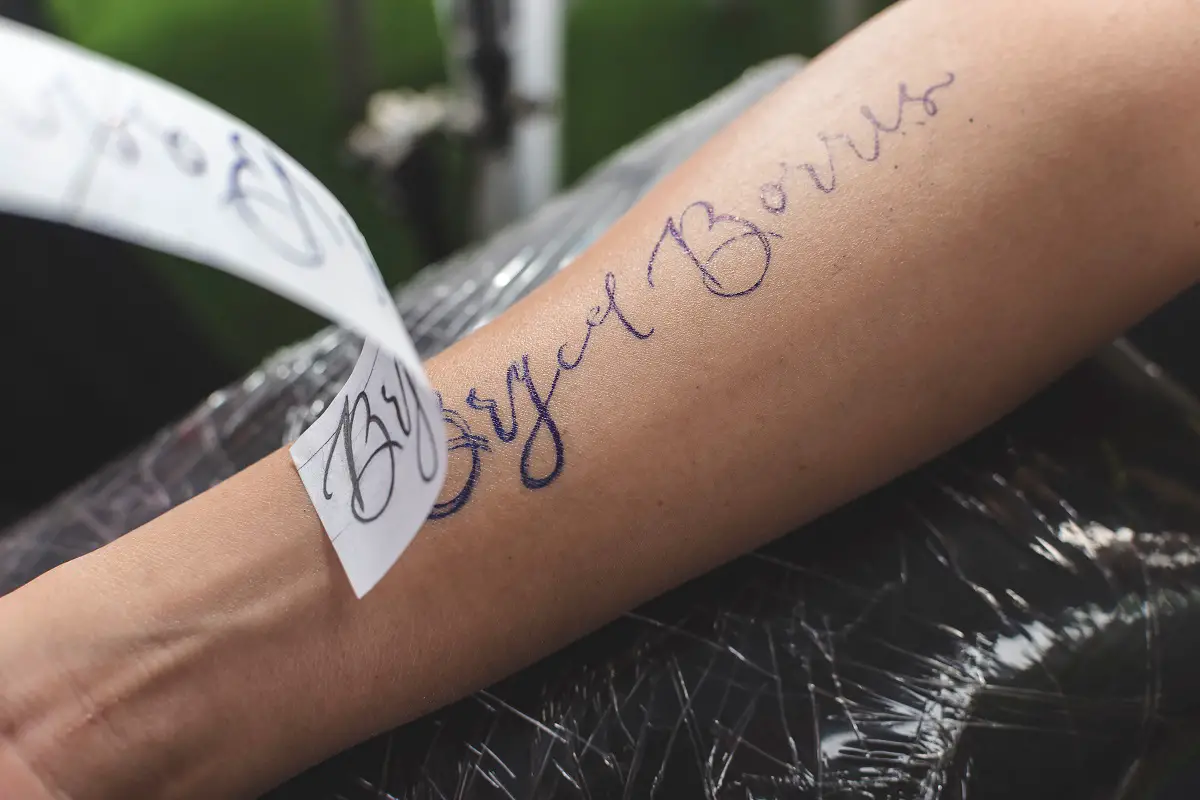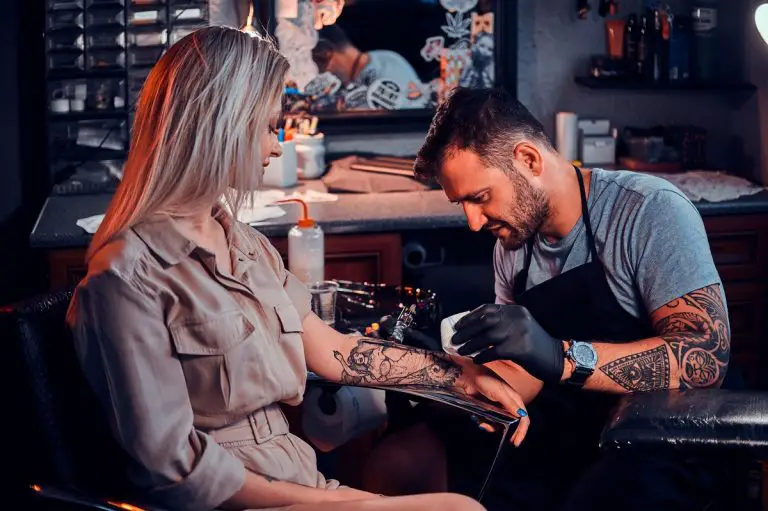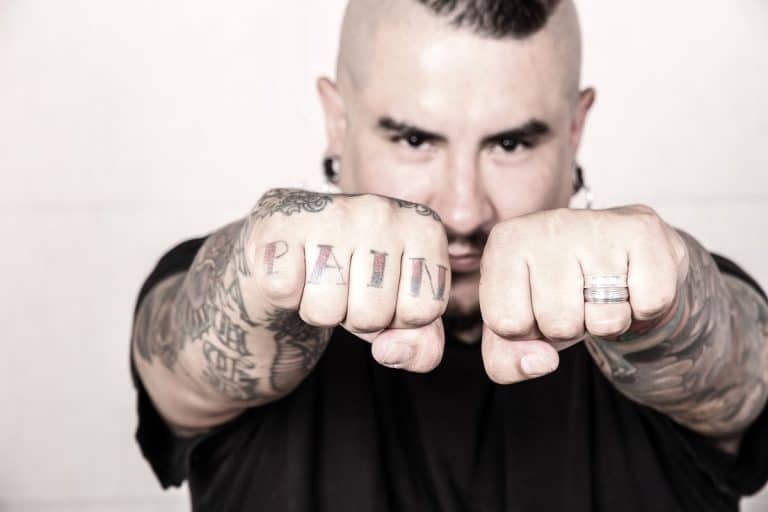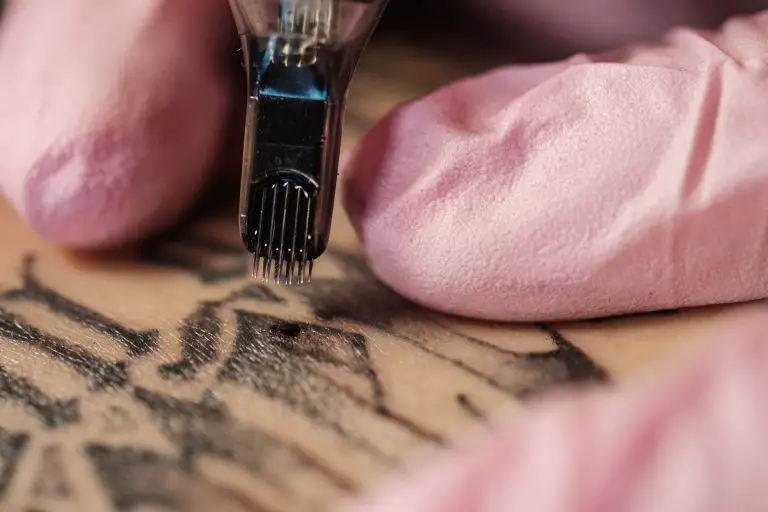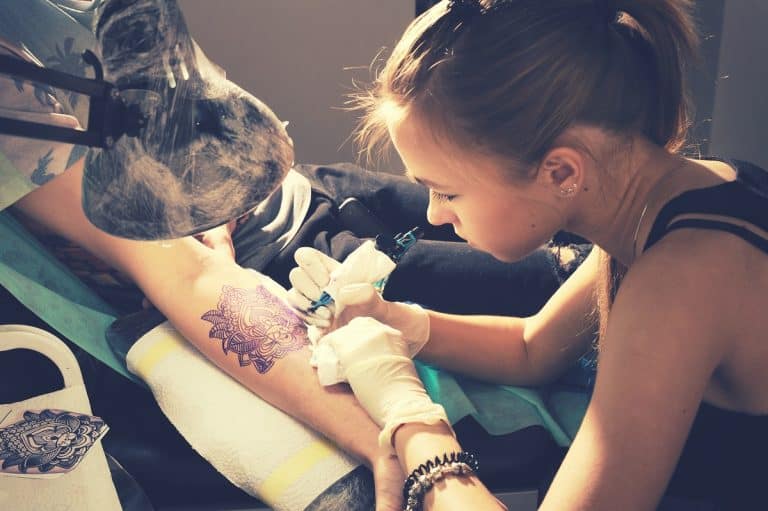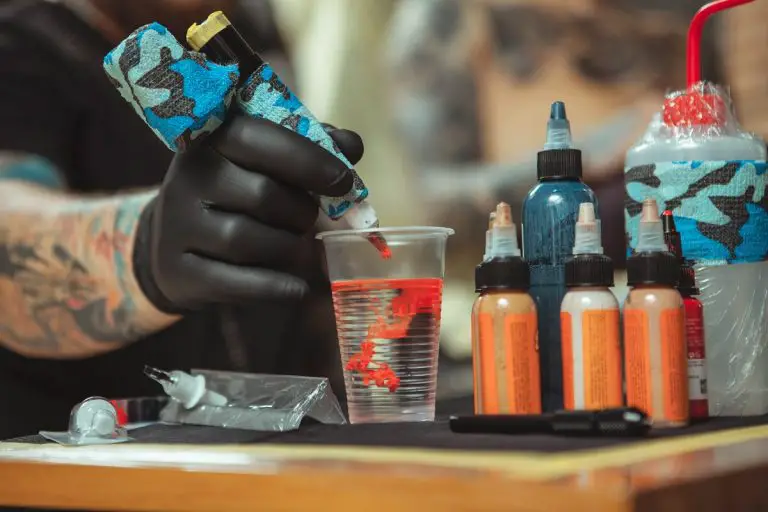How To Use Tattoo Transfer Paper? – Your Go-To Guide!
Have you ever wondered how a tattoo artist turns their awesome design drawing into a tattoo? Well, they do it thanks to the transfer paper. The design is drawn onto the paper, the paper is then pressed onto your skin so the design transfers, and that’s it. Now, your tattoo artist has the exact outline of the design right there on your skin, which they can follow and execute the tattoo to the smallest, most complicated detail.
But, how does this actually work? How is it possible to transfer a drawing from paper onto the skin? And, of course, how can you use tattoo transfer paper? If these are the questions that have piqued your interest, then make sure to keep on reading. In the following paragraphs, we’ll talk about the tattoo transfer paper and attempt to answer all the questions regarding the way it works and the way you can use it! So, let’s get started!
Types of Tattoo Transfer Paper
Before we get into the use of tattoo transfer paper, we need to discuss the types of transfer paper you can use. There are two main types of transfer paper;
- Hectograph or Freehand tattoo transfer paper
- Thermographic tattoo transfer paper
Hectograph, also known as freehand transfer paper, is a manual transfer paper. It is similar to carbon copy sheets, or sheets used for the manual typewriter, and works in a similar design. The paper has three sheets, and you will draw your design on the top sheet. The middle, or second sheet, must be removed before drawing so that the design transfer to the bottom sheet.
The bottom sheet is then used to cut out the design and transfer it onto the skin. Before the paper is applied to the skin, the tattoo artist usually prepares the skin surface with a solution known as stencil stay, so that the stencil stays put and stable while the design transfers. Then, the paper is dampened with a damp sponge, so the design transfers fully. Once the design has transferred, the paper is removed, and that’s it.
Now, the thermographic tattoo transfer paper contains four sheets or layers. With this paper, the top layer is where the design will be transferred onto. Then, there is a protective sheet that you don’t need (tattooists throw it away since it only serves to protect the top layer). And finally, there is the purple ink sheet layer, and the bottom yellow layer meant to hold all the sheets in place as one draws the design.
When it comes to drawing the design, it is supposed to be drawn on a regular paper sheet, which is then put between the purple and yellow sheets. Then, all the sheets are put through the thermogenic transfer maker, which will transfer the design onto the top white sheet, completely impeccably.
The only thing left to do is to place the top sheet onto the skin. It is important to press evenly, so the design transfer onto the skin completely. The thermal transfer paper is a standard in the tattoo industry thank to the incredibly clear design images and excellent transferability.
So, How Does One Use The Tattoo Transfer Paper?
For this part, we will describe the proper and effective use of thermographic tattoo transfer paper. The reason we decided to focus solely on this paper lies in the fact that this paper is the standard in the tattoo industry. As previously mentioned, this paper is highly effective, provides the highest quality design print, and exceptional transferability onto the skin. So, how does one use the thermographic tattoo transfer paper? Here’s a step-by-step guide:
Step 1 – Creating the Design
For this step, you will need a white, regular-paper sheet to draw your design. This is the time for mistakes and improvements in the design. Once you’re fully satisfied with the design is time you can move on to the next step. Because the paper will transfer the exact design to draw, make sure you’re fully satisfied with the design, otherwise, you may run into some issues later on in the process. Take your time and make it perfect!
Step 2 – Placing The Sheet Into Into the Thermographic Paper Layers
So, you’ve created the perfect tattoo design. Now, you need to place it into the transfer paper. The point is to place the design sheet right between the ink layer (purple), and the bottom layer (yellow). This is essential for the proper transferring of the design onto the top sheet (which you’ll use to transfer the design onto the skin).
Step 3 – Using the Thermographic Transfer Maker
If you’re not a tattoo artist, chances are you don’t really have a thermographic transfer maker laying around in your household. But, for this to work you will need the maker, not just the transfer paper. Therefore, make sure to check out the thermographic transfer makers online, in printer shops, or even at certain tattoo shops.
We recommend you check out the Yilong Black Tattoo Transfer Machine which you sam simply order off Amazon. Similar thermal copiers and transfer makers are available at some printer shops, so make sure to check out the local shops.
Once you have your hands on a good thermographic transfer maker, it is time to finish the work we started. The main thing you need to do is to put the set of the aforementioned sheets and put them into the machine. As the maker does its thing, it will transfer the design from the regular paper sheet, onto the paper’s top sheet (also referred to as the carbon copy of your design drawing).
Step 4 – Separating the Sheets
Once the machine is done transferring the design, it is time to separate the sheets. So, the top sheet is the one with the transferred design you’ll use for the actual tattoo transfer. Make sure to separate it from the other sheets. Since this is the only sheet you’ll need, you can dispose of the other, remaining sheets.
Step 5 – Transfering The Design
Before we get to the actual transferring of the tattoo, it is essential to first wet the area where you plan to place the tattoo outline. Use soapy water to wet everything thoroughly. Once you’re done cleaning, and everything is nice and damp, take the design sheet and place it onto the skin.
Make sure to move the sheet around so that it is not curved and fully on the skin. Press the paper down until the design appears on the skin. Make sure to remove the paper carefully, but do not rush the process; take your time, be patient, and be very gentle.
Then, lift the sheet, check if the design is fully transferred and visible on the skin. If there are some parts of the design missing, put the sheet back in the same place and press the paper. Once everything has transferred remove the paper.
And, that’s it! Now you have the perfect tattoo outline thanks to the tattoo transfer paper.
What If I Want To Use Hectograph Transfer Paper?
Now that we’re done talking about the standard tattoo transfer paper, which is the thermographic one, we’ve decided to also provide a guide for the use of hectograph transfer paper. This paper is known as the free-hand transfer paper, which means you will draw the tattoo design directly onto the first sheet of the hectograph paper (the design will transfer onto the bottom sheet). Therefore, here’s what you’ll have to do;
- Hectograph paper has three sheets; remove the middle sheet before you start drawing.
- Draw your design onto the top layer of the hectograph sheet.
- The design should be copied onto the bottom sheet; cut it out.
- Prepare your skin using the stencil-stay solution.
- Place the cut-out design onto the skin and dampen it with a sponge.
- Carefully lift the paper, and check whether the design has fully transferred onto the skin.
And, that’s it. Using hectograph tattoo transfer paper is more cost-effective, and overall easier. However, the quality of the transferrable design might not be as high as with the thermographic transfer paper. Nevertheless, considering that using thermographic paper requires not only the paper but also the thermographic transfer maker, we surely recommend you go for the hectograph method in case you’re on a budget-saving mode.
What If I Don’t Like The Transferred Image?
Regardless of which transfer paper or method you use, there is always a chance you may not like the final result. So, what can you do in that case? It is best to use rubbing alcohol and a cotton ball. Dip the cotton ball in the rubbing alcohol and gently wipe off the transferred design. Make sure to repeat the process until all of the design is gone. Then, was the skin with gentle soap and let it dry. If it’s not irritated or red, you can try to repeat the transferring process, or even re-do the design from scratch.
Final Thoughts
Regardless of which transfer paper you use, the results are pretty similar and both are satisfactory in terms of getting the job done. We think that the thermographic transfer paper is truly the best option, but considering that it requires the thermographic transfer maker, it may not be suitable for a cost-effective, homemade tattoo stencil. Hopefully, this guide was suitable for you to try out the transfer papers. If you need more information about the transfer papers or even the transfer maker, make sure to talk to your tattoo artist.
- Safe, non-toxic plant-based temporary tattoos made with 100% high-definition printing for a realistic look without the pain
- Easy to apply and remove - just stick for 20 seconds then take off
- Set includes 5 sheets with 17 fun, delicate designs like hearts, cats, smiles, suns, moons, and more
- Waterproof and long-lasting - stays on up to 2 weeks of wear
- Fashionable for women, men, girls and boys
- Place on arm, wrist, neck, leg, finger, waist, foot and more
- Great for parties, birthdays, and showing your unique style

